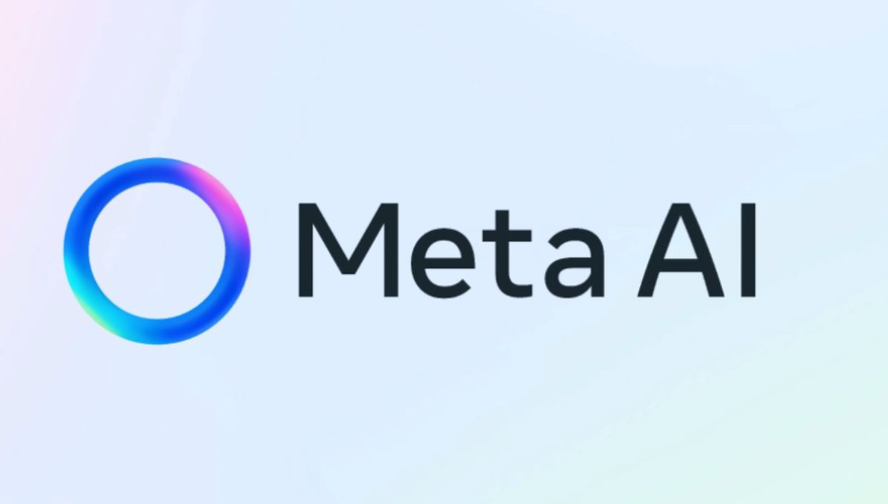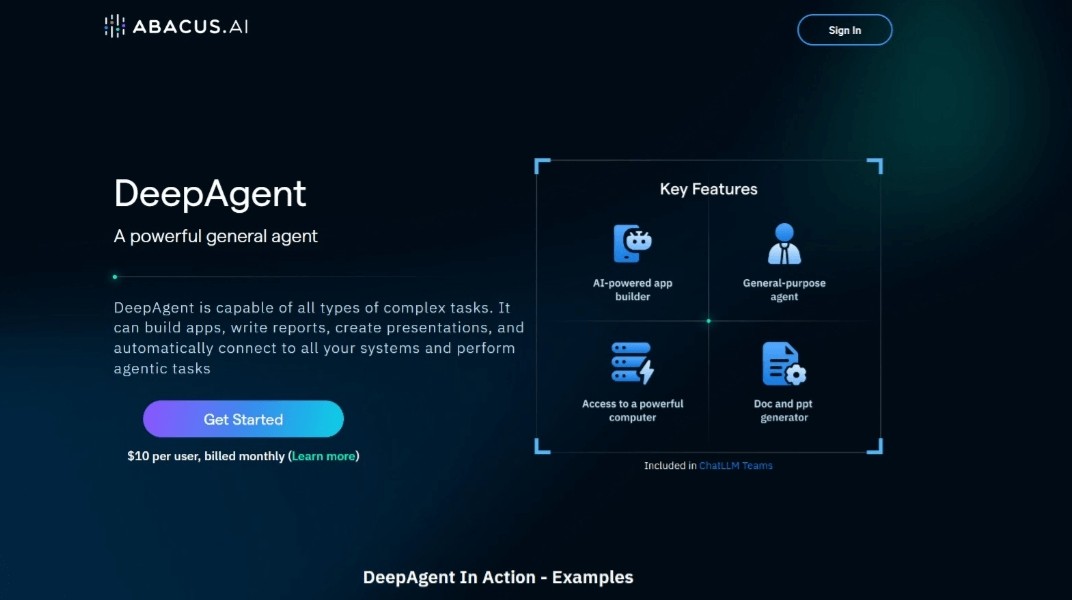DeepSeek V3 is an advanced open source AI model developed by Chinese AI company DeepSeek (part of the hedge fund High-Flyer). Released in December 2024, the model represents a significant advancement in AI capabilities, especially in natural language processing and inference tasks.
If you want to learn more about DeepSeek V3 and its impact in the AI field, you can refer to the following video:
Architecture and scale :
DeepSeek V3 adopts the **Mixture of Experts (MoE)** architecture, with a total parameter volume of 671 billion , and 3.7 billion parameters are activated during the inference process. This design enables the model to have efficient scalability and stronger performance in various tasks.
Training efficiency :
The model was trained on a 14.8 trillion high-quality data set, which took about two months and cost approximately US$5.58 million . This efficient training process demonstrates DeepSeek's outstanding performance in terms of cost-effectiveness.
performance :
Benchmark tests show that DeepSeek V3 surpasses models such as Llama 3.1 and Qwen 2.5 , and performs on par with leading closed-source models such as GPT-4o and Claude 3.5 Sonnet . Notably, its inference speed reaches 60 tokens per second, which is three times that of its predecessor DeepSeek V2 .
Open source commitment :
DeepSeek firmly believes in the open source concept, and the model code and research papers of DeepSeek V3 have been publicly released. This transparency promotes community interaction and collaborative development.
DeepSeek V3 can be accessed for free through the DeepSeek official website and provides an API platform for developers. In addition, the model can also be deployed locally through a variety of open source frameworks, supporting NVIDIA and AMD GPUs.



